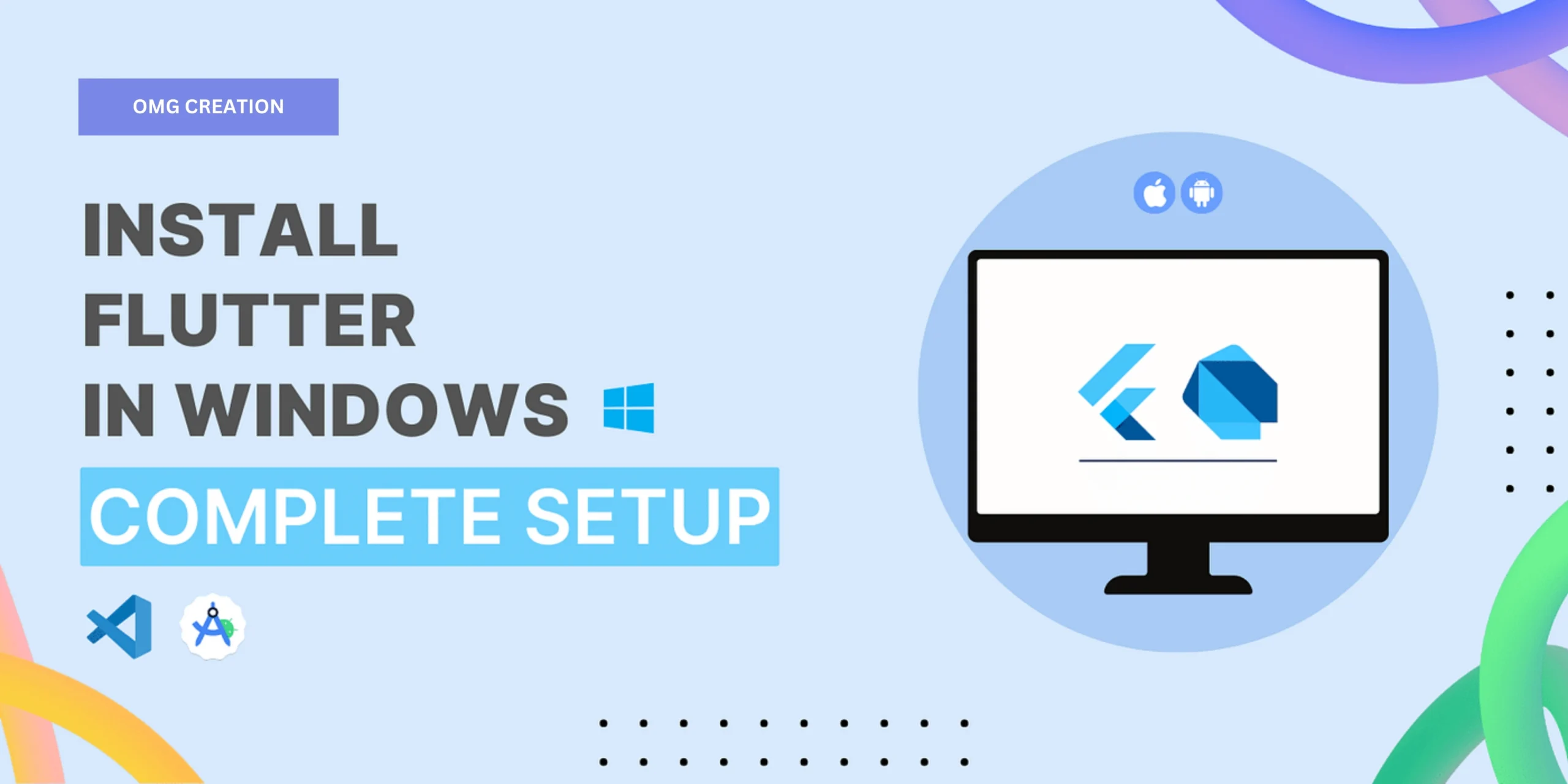What is Flutter?
Imagine you want to build a house. You could use bricks, wood, and cement for each room. Or, you could ause special blocks that can be shaped into any room you want. Flutter is like those special blocks for building apps.
It’s a tool that lets you create apps for phones (like your smartphone), tablets, computers, and even websites, all using the same code. This means you don’t have to learn different skills for each type of app.
Read More :- Welcome to FluttLab.io
Flutter is an open-source UI software development kit (SDK) created by Google. It allows developers to build natively compiled applications for mobile, web, desktop, and embedded devices from a single codebase. This means you can write one code and deploy it to multiple platforms without compromising on performance or user experience.
A Bit of History
💡 Flutter’s journey began internally at Google as “Sky” in 2012. The goal was to create a new platform for mobile app development.
💡 It was officially announced at Google I/O in 2017. Since then, it has gained immense popularity due to its ability to deliver high-performance, visually appealing apps efficiently.
Building Native Apps with Flutter
The magic behind Flutter’s native-like performance lies in its architecture:
- Dart Programming Language: Flutter uses Dart, a language known for its fast development cycles and performance.
- Skia Graphics Engine: This powerful engine renders Flutter’s UI components directly to the platform’s canvas, bypassing the need for intermediate representation layers. This results in smooth animations and fluid interactions.
- Widget-Based Architecture: Flutter’s UI is built entirely with widgets, which are reusable components that can be combined to create complex layouts. This approach makes UI development fast and efficient.
- Platform Channels: For platform-specific features like accessing device hardware or interacting with native code, Flutter provides platform channels. This enables seamless integration with native functionalities.
💡 In essence, Flutter doesn’t create “hybrid” apps that rely on web technologies wrapped in a native container. Instead, it compiles your Dart code into native machine code for each platform, ensuring optimal performance and access to platform-specific features.
💡 This combination of factors allows Flutter to deliver native-like performance and user experience while maintaining a single codebase for cross-platform development.
Advantages of Flutter
- Rapid Development: Flutter’s hot reload feature allows developers to see changes in the app almost instantly without restarting, significantly speeding up development time.
- Cross-Platform Development: Write once, run everywhere. Flutter enables you to build apps for iOS, Android, web, and desktop from a single codebase, saving time and resources.
- Beautiful UI: Flutter offers a rich set of customizable widgets to create visually appealing and native-like user interfaces.
- Performance: Flutter apps are known for their smooth performance and responsiveness, thanks to its Skia graphics engine.
- Open-Source: Being open-source, Flutter has a large and active community, providing extensive support and resources.
Getting Flutter: A Simple Guide
1. Download the Flutter SDK:
- Go to the Flutter website (flutter.dev) and download the right version for your computer (Windows, Mac, or Linux).
- It will download as a zipped file.
2. Unzip the File:
- Find the downloaded file and unzip it. Choose a place on your computer to put the unzipped files.
3. Add Flutter to Your Computer:
- You need to tell your computer where to find Flutter. This is called adding it to the “path.” There are specific instructions for Windows, Mac, and Linux on the Flutter website. Don’t worry, it’s not as hard as it sounds!
4. Check Everything is Okay:
- Flutter has a tool called “flutter doctor” to check if everything is set up correctly. Open your command prompt (Windows) or terminal (Mac/Linux) and type
flutter doctor. It will tell you if anything is missing.
That’s it!
Now you have Flutter installed. You can start building amazing apps!
